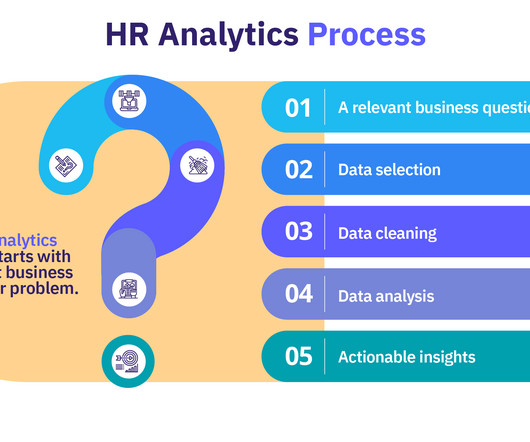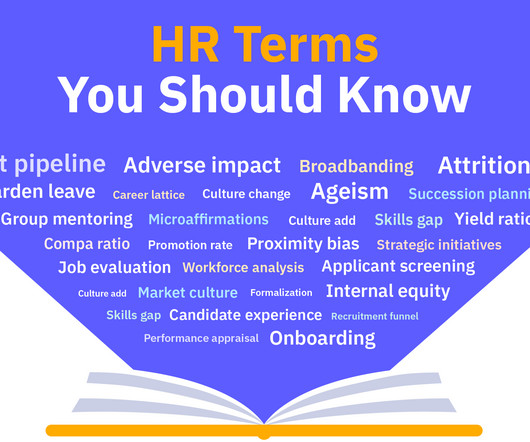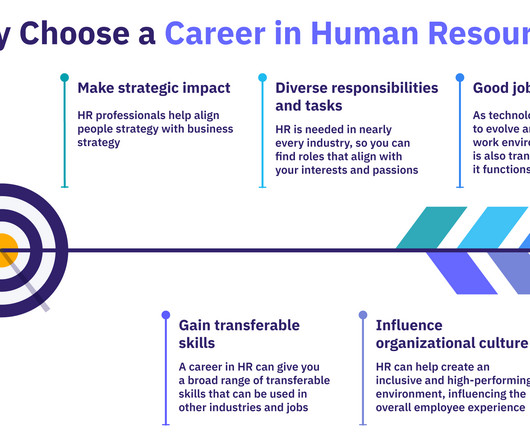Leveraging Data Analytics for Strategic Workforce Planning
EmployeeConnect
MARCH 26, 2025
Today, HR systems equipped with advanced data analytics capabilities enable businesses to make informed, data-driven decisions that enhance workforce efficiency and productivity. High employee turnover can be costly, both financially and in terms of organisational stability.























































Let's personalize your content